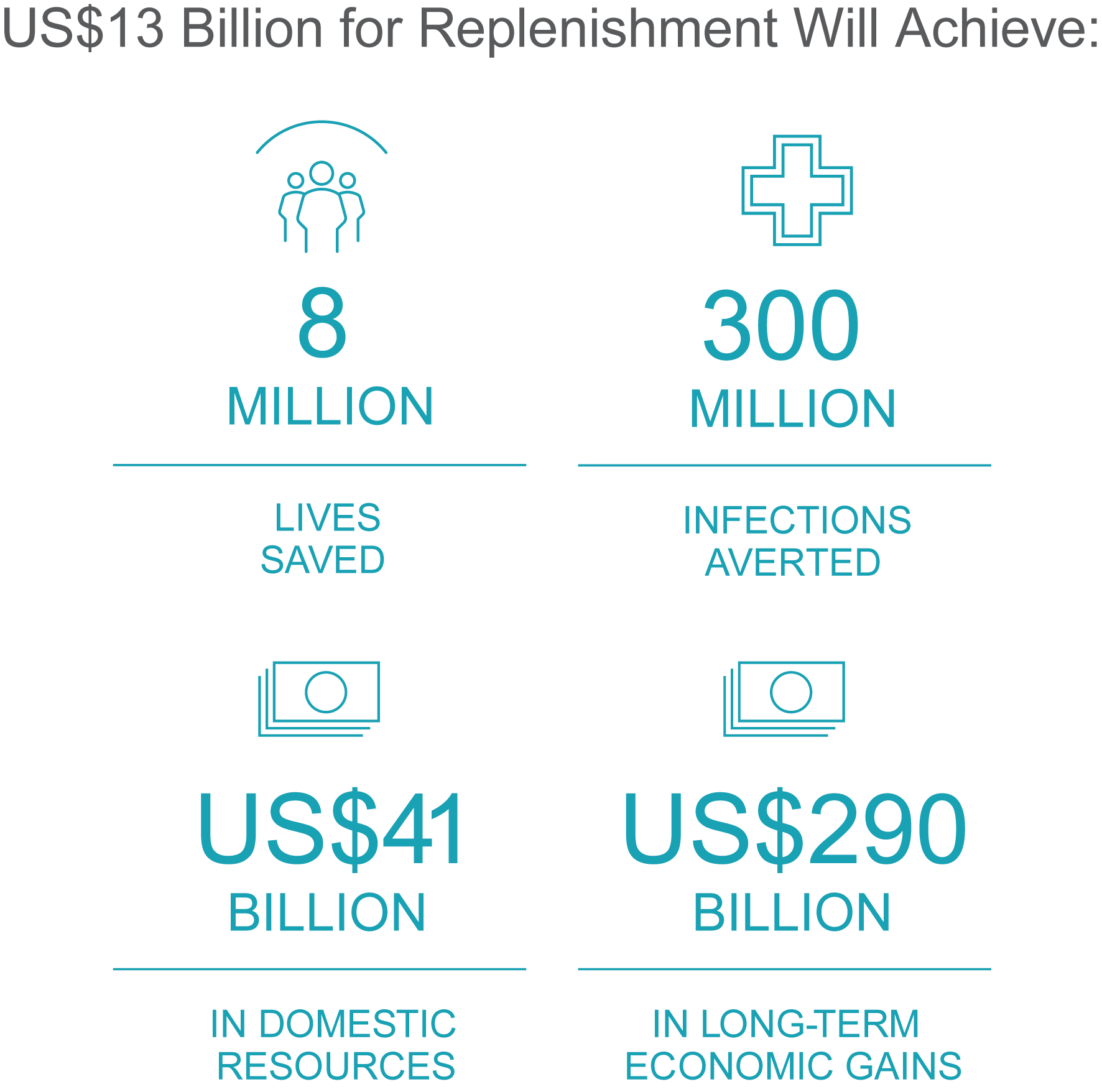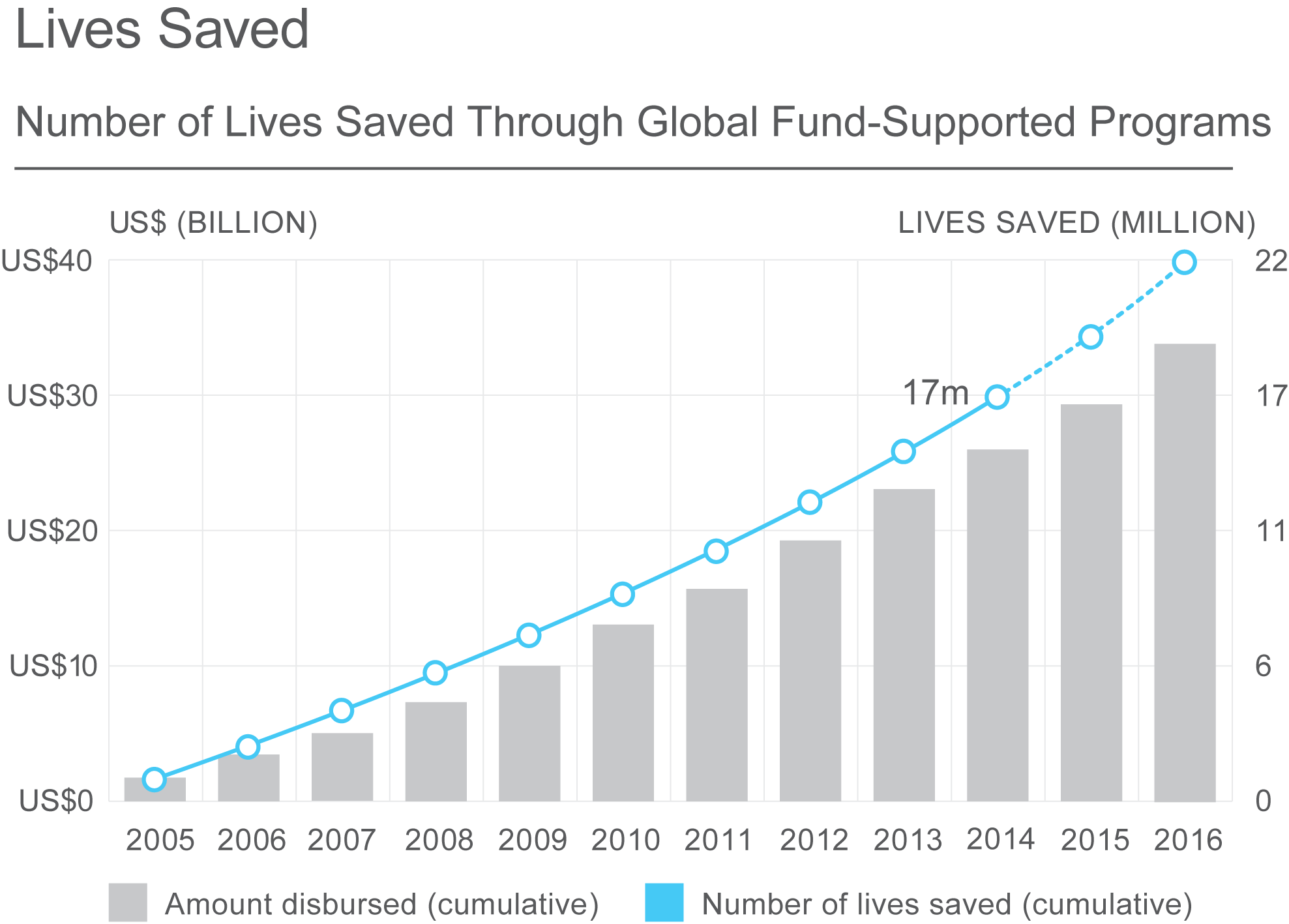We Can End the World's Biggest Infectious Killer
The infectious disease that claims the most lives in the world today doesn’t make headlines. It’s a stealth killer that’s been around for thousands of years but still makes nearly 10 million people sick annually. It also happens to be a major cause and consequence of global poverty.
And yet, tuberculosis is treatable and curable. Ending this epidemic once and for all is scientifically possible and in our grasp. The question is: Will the world step up and turn this possibility into a reality?
No other single event will play a bigger role in changing the trajectory of TB than this fall’s replenishment of the Global Fund to Fight AIDS, Tuberculosis and Malaria.
The Global Fund provides about eighty percent of all external funding for fighting TB. Since 2000, TB deaths have declined 29 percent in countries partnering with the Global Fund. From here we have the chance to continue in the right direction and work to end this epidemic, or risk squandering all the progress made over the past 15 years.
We need to make sure this progress isn’t undone. As the ongoing Zika virus outbreak so powerfully reminds us, diseases respect no borders. And left untreated, TB can become more dangerous, developing drug-resistant strains that are more difficult and costly to cure.
World leaders will come together to pledge their financial support for the Global Fund on September 16 in Montreal, at a conference hosted by Canadian Prime Minister Justin Trudeau. Both Canada and the European Union have already announced they will increase their pledges by a full 20 percent, and Japan has pledged an additional $800 million to the fight. When the world gathers in September, the U.S. can do its part by pledging to contribute a full one-third of the Global Fund’s resources, as it has done in the past. This is a chance for President Obama to secure his legacy on global health and show the world that the U.S. is committed to ending TB – along with AIDS and malaria – once and for all.
The Opportunity
The Global Fund now has a plan to help save 8 million lives and prevent 300 million new infections from HIV, TB and malaria by 2020. It will do this by supporting countries to scale up proven treatments, target the people who need it most, and work with local communities to make sure every dollar is maximized. Now it’s up to world leaders to invest the $13 billion it will take to put that plan into action.
When the Global Fund began in 2002, AIDS was ripping through the developing world, especially parts of sub-Saharan Africa. TB and malaria were rampant. At that point, the Global Fund was supporting countries just to help stop as many deaths as possible. But because of major innovations and scientific advances since then, this work is not just about preventing deaths anymore. It’s about ending all three epidemics once and for all.

U.S. Role
Since the Global Fund’s inception, the U.S. has played a leading role in the partnership, including providing a full one-third of the Global Fund’s financial resources. U.S. support for the Global Fund has always been uniquely bipartisan, crossing party lines when often not much else could.
President Obama hosted the Global Fund pledging conference in 2013. At the next pledging conference this fall, he now has the opportunity to cement his global health legacy by once again committing to provide one-third of the resources the Global Fund will need over the next three years. By making this commitment before leaving office, President Obama will pave the way for important continued U.S. leadership. The last two Administrations – Republican and Democrat alike – have established the United States as a leader in this fight, and the next President will have the chance to help move us closer to the end of the epidemics for good.
Why the Global Fund?
The Global Fund is an innovative partnership between governments, communities, and the private sector. It supports programs facilitated by local experts in countries and communities where there is the greatest need. Driven by the goal of ending AIDS, tuberculosis, and malaria as epidemics, the Global Fund has helped save 17 million lives since it was founded in 2002.

With Global Fund support, 13.2 million people have received lifesaving TB treatment. An additional 8.1 million people are on antiretroviral treatment for HIV, and 548 million mosquito nets have been distributed to prevent malaria.
The Global Fund partnership has been an extraordinary global success story. The U.S. and other donor countries must make sure it can continue to support countries to save lives and invest in the groundbreaking work needed to end these epidemics once and for all.
Download the Global Fund’s Case for Investment.
Learn more: TB | HIV/AIDS | Malaria
Media Contact: Colin Smith (202) 783-4800 x139 [email protected]